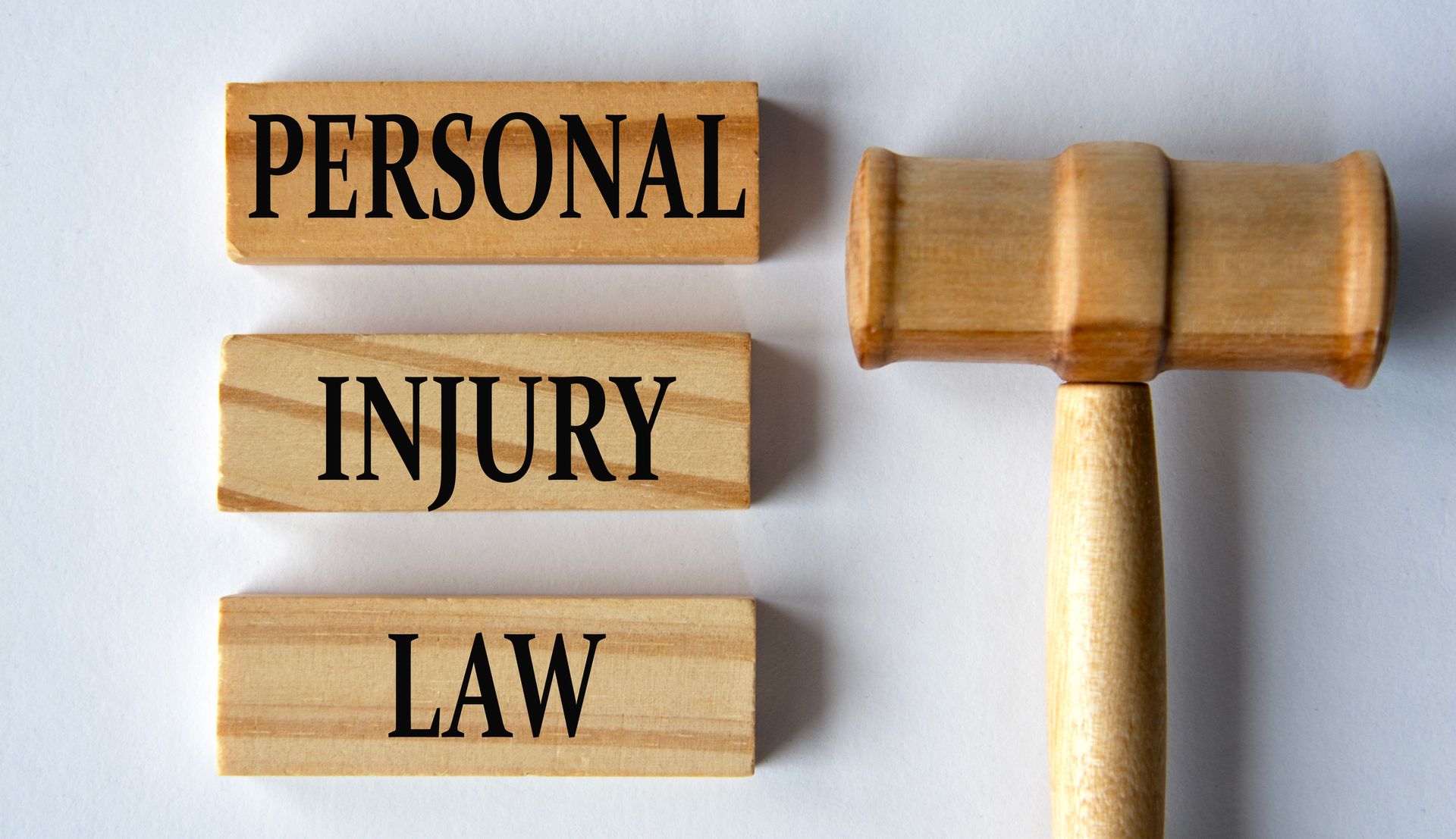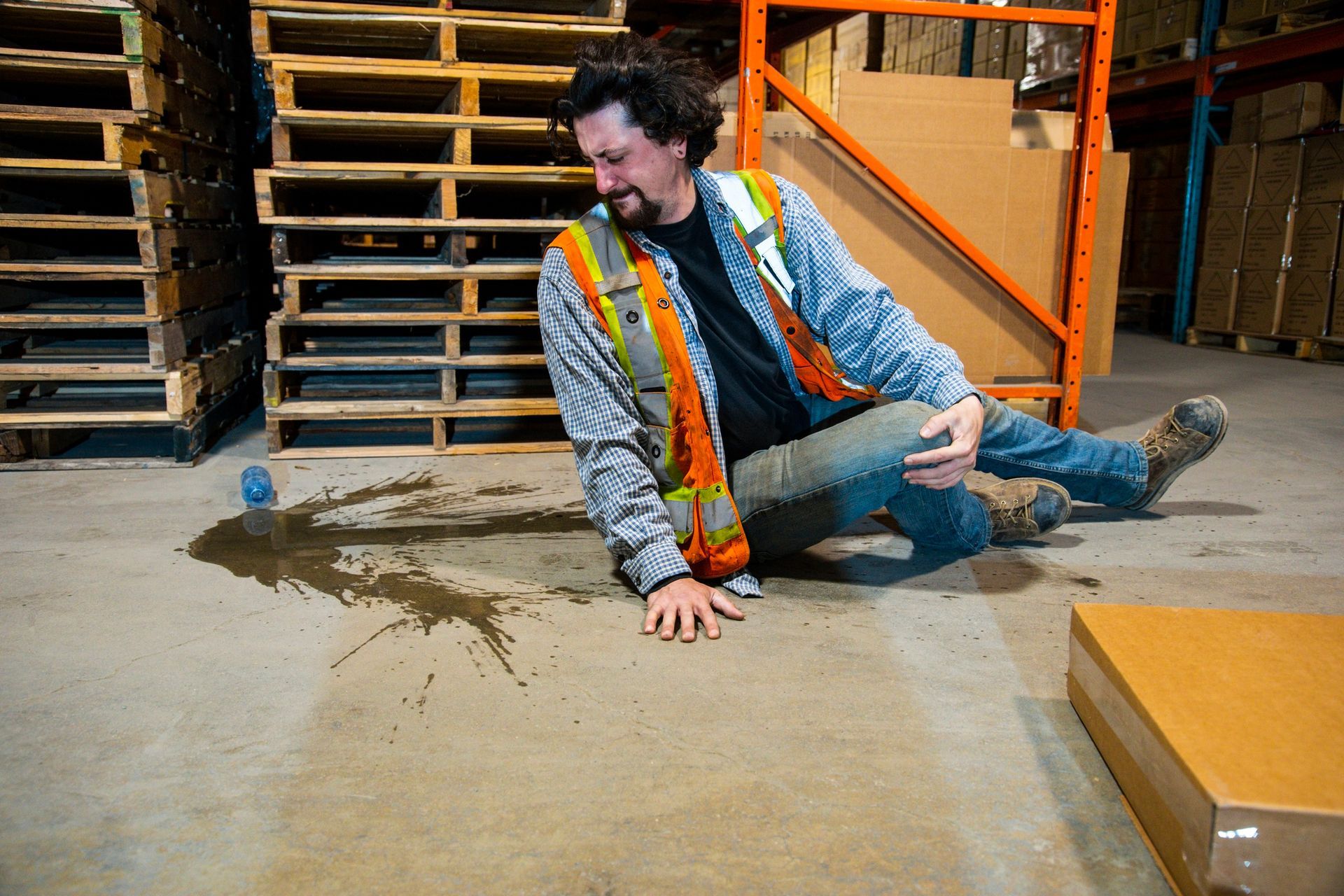School Bus Related Accidents
ARE SCHOOL BUSES SAFE?
According to the National Highway Transportation Safety Administration statistics, yes. From 2010 to 2019—the last school year before Covid-19 interrupted school transportation and sessions—about 69% of the deaths in school bus-related crashes were occupants of vehicles other than the school bus; 17% were pedestrians ; 6% were school bus passengers; 5% were school bus drivers; and 3% were pedacyclists . Of the people injured in school bus-related crashes from 2010 to 2019, about 34% were school bus passengers, 8% were school bus drivers, and 53% were occupants of other vehicles. The remainder were pedestrians, pedalcyclists, and other/unknown.
THE BUS STOP: THE MOST DANGEROUS PART OF SCHOOL TRANSPORTATION
So while statistics show that riding a school bus is the safest mode of transportation to and from school for children ages 18 years old and younger, accidents between school buses and other vehicles and between school buses and pedestrians/cyclists do cause numerous injuries and even fatalities. The Atlanta Journal Constitution website reported that metro Atlanta school buses have been involved in more than 700 accidents since July 1, 2016 , according to the Georgia Department of Education.
These injuries and fatalities include school children getting on and off the school buses, since safety laws at bus stops are not always followed. Georgia law requires that vehicles stop and remain stopped until all loading students are aboard in the morning or all unloading passengers have cleared 12 feet off the roadway in the afternoon. See also: GA Code Title 40-6-165 on Operation of School Buses. Unfortunately, some vehicle drivers do not abide by the safety laws, and some bus drivers are either not adequately trained or do not comply with the laws specified in the Code.
Another area where school transportation accidents tend to occur is the bus stop, particularly those bus stops that are not well sheltered or removed from roadways. Children waiting for school buses in areas close to roads can be hit by vehicles that skid on icy/wet patches; by drivers that fail to see them due to sun glare or curves in the road; by drivers that fail to or lack the time necessary to react when a child wanders or is accidentally pushed into the road.
WHAT TO DO WHEN ENCOUNTERING A SCHOOL BUS
If you are the driver of a vehicle that encounters a school bus, you must act responsibly and obey all safety laws. Be particularly alert and avoid all distractions when near bus stops and schools during loading and unloading times. Come to and remain at a complete stop when the arm of the bus is out and the lights are flashing. Resume travel slowly and carefully after loading/unloading is complete, watching for children who run to or from the bus at the last minute without checking the road first.
If you are involved in an accident with a school bus, and have sustained injuries and/or damage to your vehicle—and statistics show that other vehicles and the driver/passengers of those vehicles are more likely to be injured than the driver/passengers of the school bus—you should seek medical treatment immediately, then contact a personal injury attorney who will ensure that you receive the compensation you are entitled to for medical costs, lost wages, pain and suffering, and any other damages.
CONTACT Dave Thomas at The Thomas Law Firm for a free evaluation of your legal rights.






